Topic: Field-Building

The Women Pioneers of Global Nursing Education Who Built the Rockefeller Foundation Program
A massive program in nursing education extended to 53 schools across the globe. But it never became a top priority of the foundation that supported it.

“A Roomful of Brains”: Early Advances in Computer Science and Artificial Intelligence
At midcentury, Rockefeller Foundation staffers hoped new technologies might find solutions to complex problems.
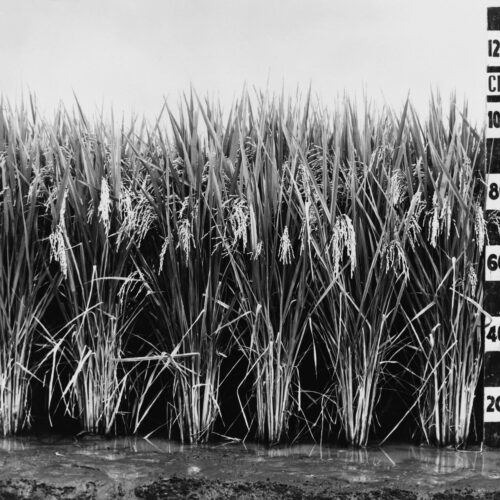
The Birth of International Agricultural Research Institutes in the Mid-20th Century
Rockefeller Foundation agriculture programs begun in Mexico achieved global reach through four major research institutes. Building them was the result of partnership.

Toward a More Robust Study of Mental Health: Rockefeller Foundation Funding for Psychiatry
Two decades of funding helped legitimize the study of psychiatry as a medical issue, not a problem of character.

The Rockefeller Foundation’s Mexican Agriculture Program, 1943-1965
The Rockefeller Foundation’s first intensive agriculture endeavor is now credited with launching the global transformation known as the “Green Revolution.”
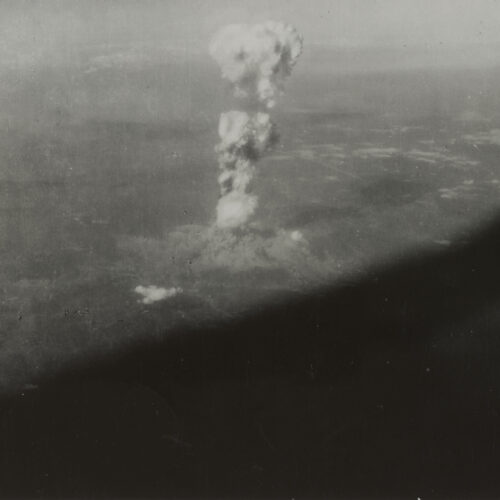
The Rockefeller Foundation’s Role in Creating the Atomic Bomb
In the aftermath, Foundation staff struggled to rectify their organization’s involvement with this weapon of mass destruction.
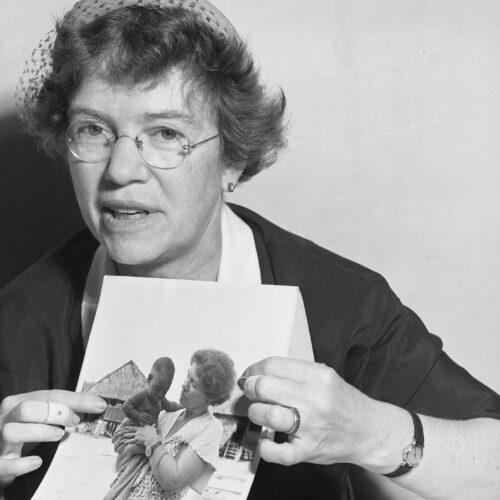
Margaret Mead’s Call for Less “Orthodox” Grantmaking
How a famous anthropologist challenged her own funder to take more risks.
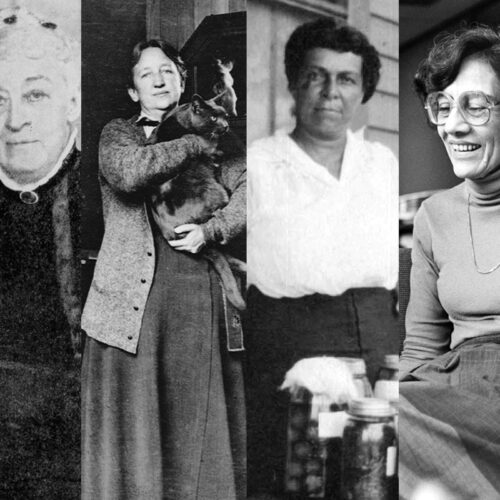
Profiles of Women in Philanthropy
In honor of Women’s History Month, we highlight thirteen individuals from our collections to show the range of contributions women have made in the field of philanthropy and in the world at large.

Early Experiments in Public Broadcasting
The American public broadcast system as it exists today came out of years of work by organized philanthropy.
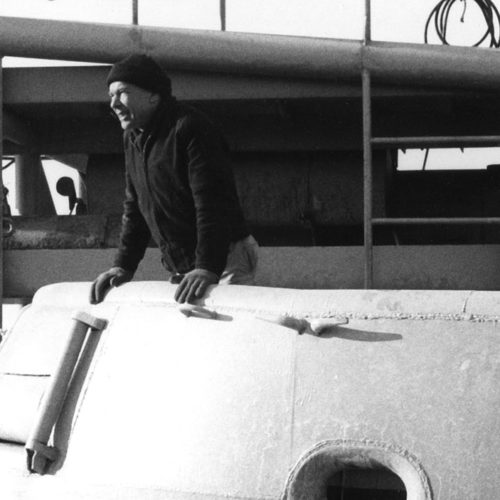
Philanthropy and Oceanography: An Episode in Field-Building
Funding on levels large and small helped this new area of scientific research grow and evolve.